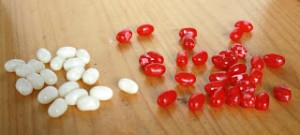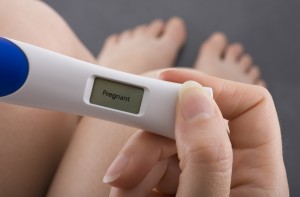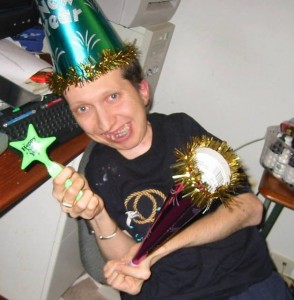When someone hears the word cheerleading I’m sure the mental image that follows is one of a preppy girl with pom-pom on the side of a football game yelling for her team. While this is all cheerleading is to most people, today I am going to be talking about the dangerous side of the sport that is not mentioned nearly enough. I have been a competitive cheerleader for more than ten years of my life. While I enjoyed the sideline chants and football games my true passion was in competitive cheerleading. This means that inside of cheering for another team, the sole purpose of the squad is to perform at competitions throughout a competitive season. No pom-poms just a lot of blood, sweat and hard work. 
If I were to ask you to name the sport that causes the largest number of catastrophic injuries among girls and young women what would your answer be? For the majority of the population they answer soccer, lacrosse, gymnastics, etc, but in fact the answer is competitive cheerleading.
Some of you may be thinking to yourself that cheerleading is not actually classified as a sport and there in fact lies one of the main problems. Without the official recognition from the NCAA and most states, almost every aspect including coaches, squads, competitions, training, safety, etc are not held to the same standard as most sports. The lack of governement regulation within the cheerleading world creates a threat for the greatest risk of catastrophic injuries to female athletes. According to a study conducted by the American Academy of Pediatrics, this “non-sport” was responsible for more than 65% of female athletes’ direct catastrphic injuries competing at the high school level, while that number increased to 70.8% for the college level.
While poor regulation may be one of the possible causal variables relating to the disproportional amount of severe injuries a more direct and likely variable that could be causing these results are the components that make up the sport. Unlike other sports cheerleaders where no padding or protection from hits or injuries while practicing, other than the occasion al ankle or wrist brace for those who have been injured in the past. For those of you that do not know two of the main components that make up cheerleading are stunting and tumbling. Stunting is the act of lifting another person called a flyer into the air with usually three people underneath holding her up. As you progress in difficulty the flyer and bases are put in positions that could lead to greater injury. For example a basket toss is when the bases throw the flyer as hard as they can in the air and catch her as she comes back down. When first trying these dangerous stunts the probability of something going wrong is great, so as a precaution we place other teammates around the stunt in attempt to catch the flyer is she goes in a the wrong direction. Speaking from experience I have gotten black eyes, countless bruises and many more injuries just from this one aspect of cheerleading alone. Next we have tumbling. This is when athletes run f
al ankle or wrist brace for those who have been injured in the past. For those of you that do not know two of the main components that make up cheerleading are stunting and tumbling. Stunting is the act of lifting another person called a flyer into the air with usually three people underneath holding her up. As you progress in difficulty the flyer and bases are put in positions that could lead to greater injury. For example a basket toss is when the bases throw the flyer as hard as they can in the air and catch her as she comes back down. When first trying these dangerous stunts the probability of something going wrong is great, so as a precaution we place other teammates around the stunt in attempt to catch the flyer is she goes in a the wrong direction. Speaking from experience I have gotten black eyes, countless bruises and many more injuries just from this one aspect of cheerleading alone. Next we have tumbling. This is when athletes run f ull force at the ground to flip their bodies through the air in an attempt to land with both feet on the ground. Some of the worst injuries I have seen have been a result of this due to the strain is put on one’s body as they tumble. Repeated stress and trauma caused by throwing our bodies in the air can lead to long term spine, wrist, elbow, knee and ankle pain. Some of which if not properly healed will stick with you your entire life.
ull force at the ground to flip their bodies through the air in an attempt to land with both feet on the ground. Some of the worst injuries I have seen have been a result of this due to the strain is put on one’s body as they tumble. Repeated stress and trauma caused by throwing our bodies in the air can lead to long term spine, wrist, elbow, knee and ankle pain. Some of which if not properly healed will stick with you your entire life.
While some may refuse to acknowledge cheerleading as a sport it has been my life for the past ten years. There are many variables that could be the cause of the increased amount of long-term injuries that accompany the sport such as the lack of regulation, the continuous stress put on our bodies and the danger of the elements we preform. Cheerleading deserves to be recognized for the dangerous and outstanding sport it is.

















